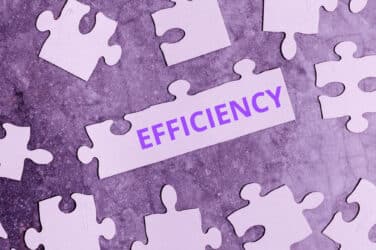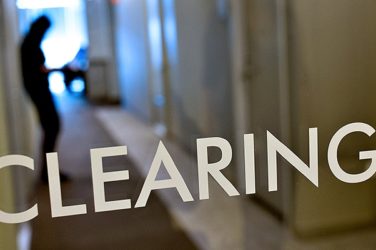
SwapClear, the swap clearing business of LCH.Clearnet, has enough protection against credit risk according to analytics and research firm Clarus Financial Technology which reviewed the central clearer’s new public disclosure.
Last month European CCPs began publishing data on their websites in line with the international guidance from the Committee on Payment and Market Infrastructures and the International Organization of Securities Commissions (CPMI-IOSCO). The disclosure includes nearly 200 fields of quantitative data related to the parameters such as credit risk, collateral, margin, liquidity risk, and default rules.
Amir Khwaja, chief executive of Clarus, analysed some of the information in the disclosure which had data as at 30 September 2015 from SwapClear, one of the largest CCPs.
Khwaja said in a blog that the credit risk disclosures showed that the estimated largest aggregate stress loss (in excess of initial margin) that would be caused by the default of any single participant and its affiliates in extreme market conditions peaked at £1.1bn ($1.6bn) in the previous 12 months while the mean average was £835m. The equivalent losses for the default of any two participants and their affiliates in extreme market conditions was a high of £1.98bn in the previous 12 months and an average £1.49bn.
Khwaja added: “Even with the default of the largest two members in extreme market conditions, the largest aggregate loss averages £1.49bn and peaks at £1.98bn, both less than the pre-funded member default fund contributions of £2.66bn, let alone the additional member commitment of the same amount again. How protected can you get? Sounds safe enough from a credit risk perspective to me.”
SwapClear’s default fund consists of £34.7m of its own capital before member resources are included, pre-funded aggregate participant contributions of £2.66bn and committed aggregate participant commitments to address a default of £2.66bn.
Initial margin total at SwapClear was €59bn, ten times larger than the Eurex clearing number for fixed income according to Khwaja.
“This illustrates the difference between the amount of risk cleared and outstanding at these CCPs and reflects the difference between swap portfolios with a huge number of outstanding trades and long-term exposure (higher margin) versus futures with a huge number of daily trades but a lower number of outstanding positions and shorter term exposure (less margin),” he added.
Khwaja also looked at the concentration of members as the swap market is dominated by the five largest dealers, and said it was less than he expected. For example, the percentage of open positions, including both house and client, held by the largest five clearing members in aggregate was an average of 28% – and an average 47% for the largest 10 clearing members.
Khwaja said: “I think the public disclosure of these quantitative numbers is great. It provides transparency to understand the resources of a CCP, a new insight into quarter-on-quarter changes and a comparison between CCPs on a like-for-like basis.”
The European Association of CCP Clearing Houses said in a statement: “This disclosure aims to further increase the transparency of financial markets and of CCPs in particular, providing a better understanding of the way CCPs manage risks in financial transactions and deliver efficiency gains.”
In the European Union the largest firms will start the central clearing of certain types of derivative contracts denominated in the G4 currencies (EUR, GBP, JPY and USD) on 21 June 2016.
Featured image by /Dollar Photo Club






